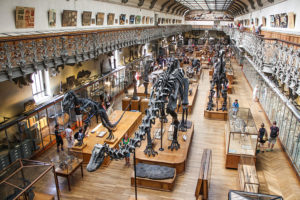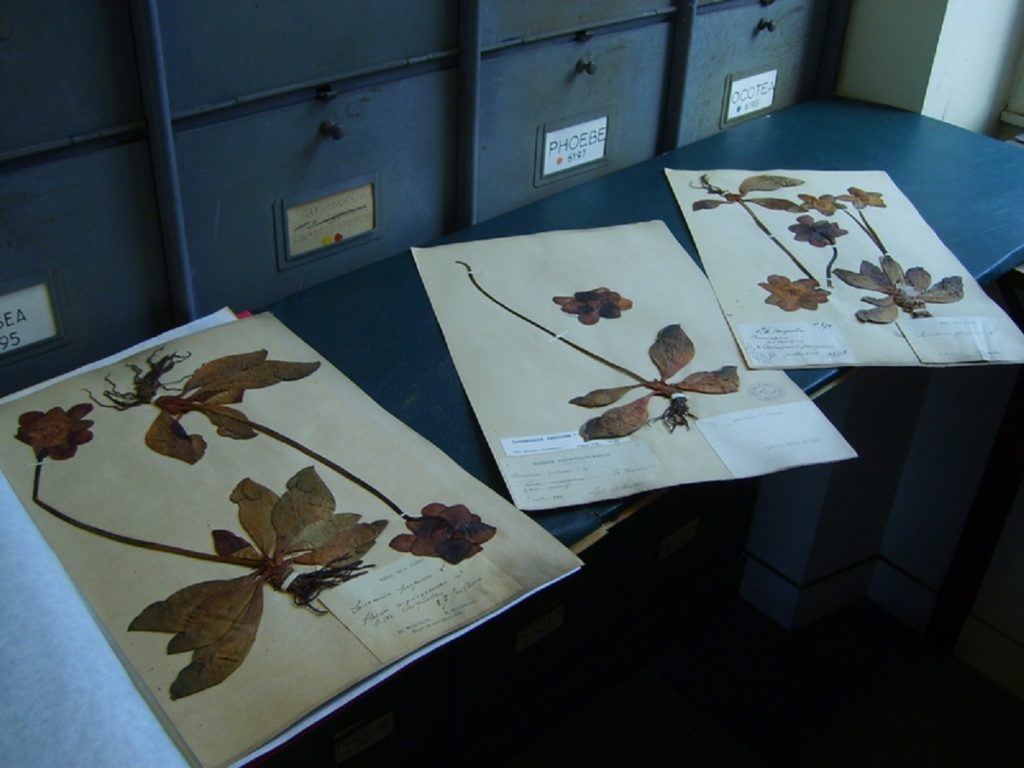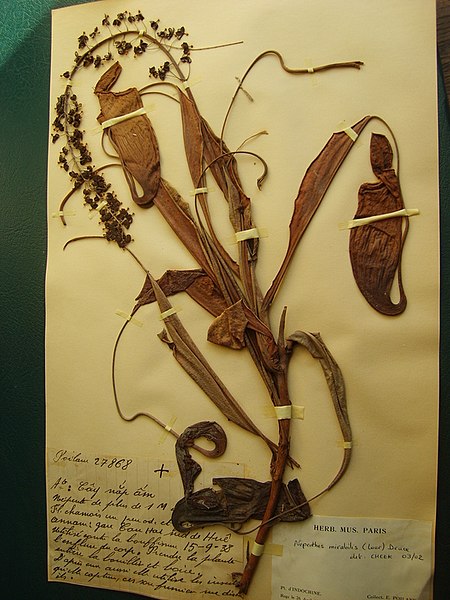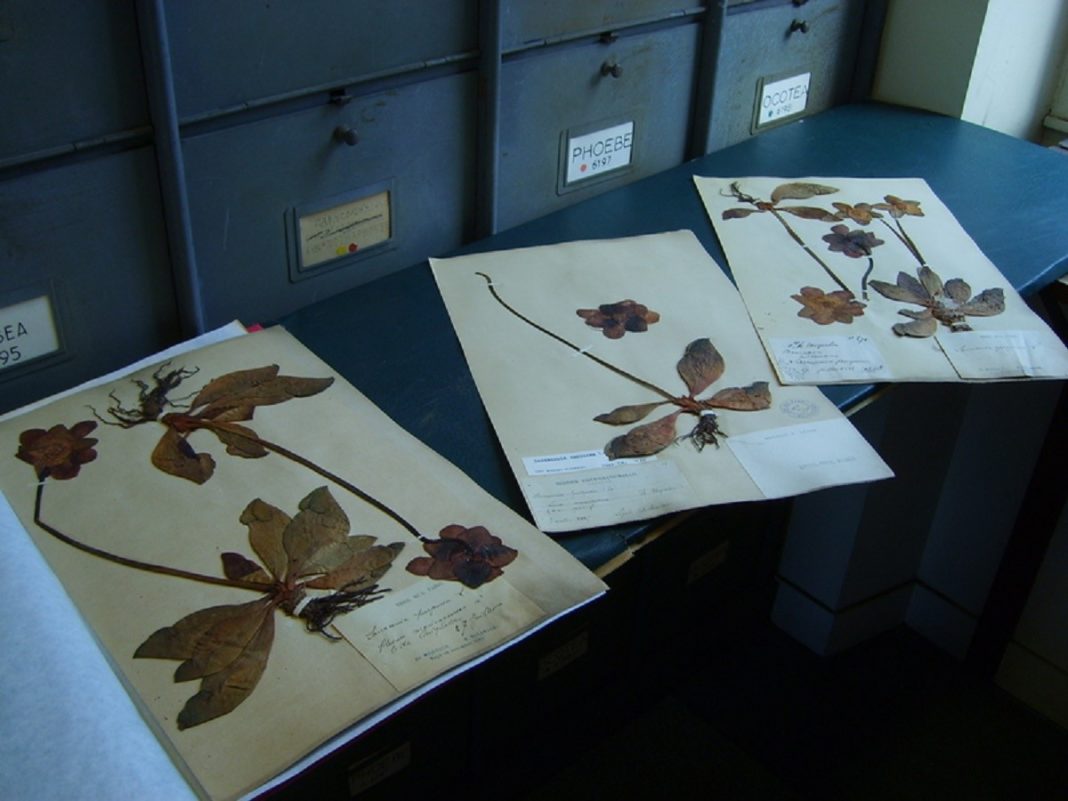The French National Museum of Natural History, known in French as the Muséum national d’histoire naturelle (abbreviation MNHN), is the national natural history museum of France and a grand établissement of higher education part of Sorbonne Universities. The main museum, with four galleries, is located in Paris, France, within the Jardin des Plantes on the left bank of the River Seine.

The museum was formally founded in 1793 during the French Revolution but was begun even earlier in 1635 as the royal garden of medicinal plants. The museum now has 14 sites throughout France.
The herbarium of the museum, referred to by code P, includes a large number of important collections among its 8 000 000 plant specimens. The historical collections incorporated into the herbarium, each with its P prefix, include those of Jean-Baptiste de Lamarck (P-LA) René Louiche Desfontaines (P-Desf.), Joseph Pitton de Tournefort and Charles Plumier (P-TRF). The designation at CITES is FR 75A. It publishes the botanical periodical Adansonia and journals on the flora of New Caledonia, Madagascar and Comoro Islands, Cambodia, Laos and Vietnam, Cameroon, and Gabon.

The origin of the Paris herbarium dates back to the late 17th century with the constitution of the first systematic herbaria at what was then called the Jardin royal des plantes médicinales (Royal Garden of Medicinal Plants), founded in 1635. The collection started to resemble the modern herbarium we know today after the French Revolution and the establishment in 1793 of the Muséum national d’histoire naturelle. Today’s P collections are thus the inheritance of over 350 years of botanical activity.

The P herbarium is not only a globally important source of specimens for taxonomic and morpho-anatomical studies, but it has also become a major and highly promising source of data that can inform a wealth of new investigations dealing with systematics, biodiversity conservation, the impacts of climate change, plant evolution and many other subjects.
According to Wikipedia/nature














